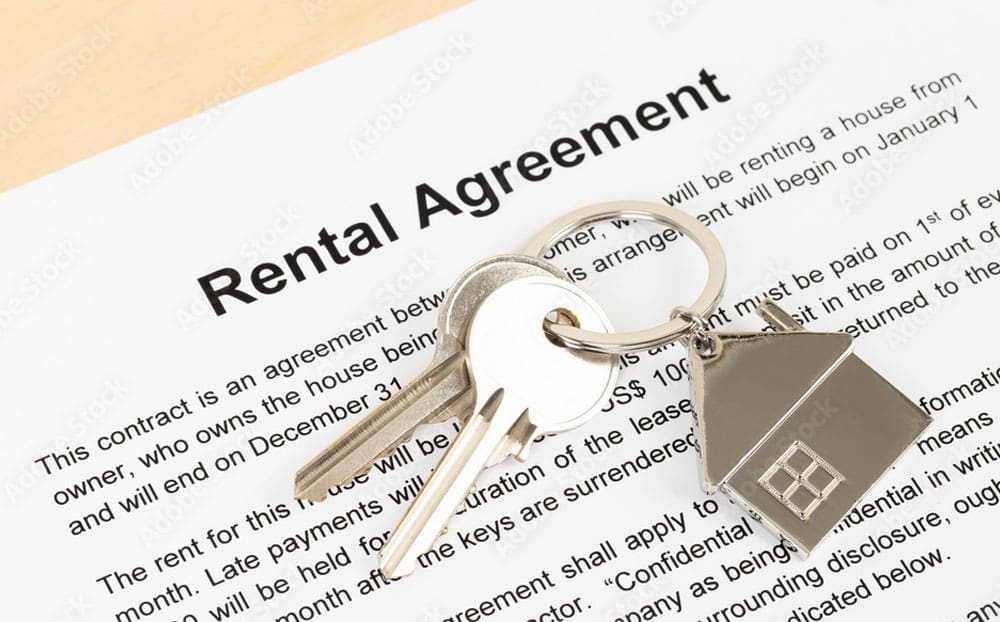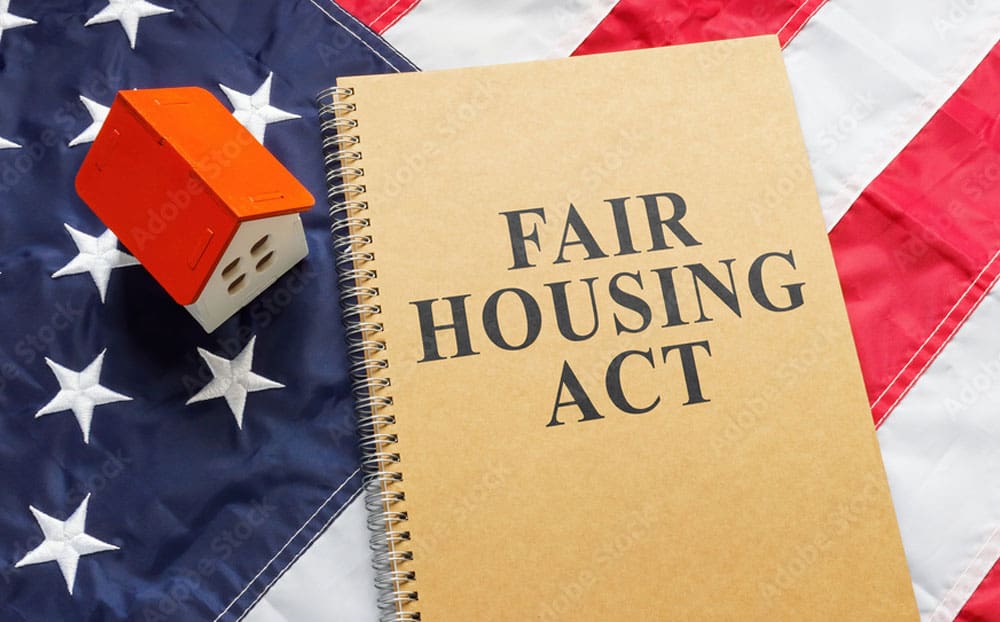As a landlord, rental policies are essential guidelines that help you effectively manage your property and relationships with tenants. At Synergistic Property Management, we work with property owners to establish these guidelines as part of the intake process for new properties under management. These policies cover various aspects of renting, from application processes to tenant responsibilities. Here are key rental policies to consider:
Rental Application Process
- Application Requirements: Outline what prospective tenants must provide, such as identification, proof of income, references, and a completed rental application form.
- Screening Criteria: Specify the criteria for approving tenants, such as credit checks, background checks, employment verification, and rental history. Make sure these criteria comply with fair housing laws.
Lease Terms
- Duration of Lease: Clearly define the lease term (e.g., month-to-month, six months, one year).
- Renewal Process: Explain the lease renewal process and conditions, including any rent or terms changes.
- Termination of Lease: Detail the conditions under which a lease can be terminated, including notice periods required by both parties.
Rent Payment Policies
- Rent Amount and Due Date: Specify the rent amount, when it is due, and acceptable payment methods (e.g., check, electronic transfer).
- Late Fees: Clearly state the consequences for late rent payments, including any late fees and when they will be applied.
- Returned Check Fees: Include a policy on handling bounced checks, including any associated fees.
Security Deposit
- Amount: Define the amount required for the security deposit, usually equivalent to one or two months’ rent.
- Conditions for Return: Explain the conditions under which the security deposit will be returned, such as the property being in good condition and no outstanding rent.
- Use of Deposit: Detail the circumstances under which the deposit can be used (e.g., for repairs, unpaid rent).
Maintenance and Repairs
- Tenant Responsibilities: Clarify which maintenance tasks are the tenant’s responsibility, such as changing light bulbs or maintaining the yard.
- Landlord Responsibilities: Specify the landlord’s obligations for repairs and maintenance, including response times for urgent issues like plumbing or heating failures.
- Reporting Issues: Provide a clear procedure for tenants to report maintenance issues, including emergency contact information.
Property Use and Behavior
- Occupancy Limits: Define how many people can reside in the property, adhering to local laws.
- Noise Policy: Include guidelines on acceptable noise levels and quiet hours.
- Pet Policy: State whether pets are allowed and, if so, include any restrictions, pet deposits, or additional rent.
- Prohibited Activities: List activities that are not allowed on the property, such as illegal activities or subletting without permission.
Utilities and Other Fees
- Utility Responsibilities: Specify which utilities (e.g., water, electricity, gas) the tenant is responsible for paying and which are included in the rent.
- Additional Fees: Mention any other fees that might be applicable, such as parking fees or trash collection.
Entry and Inspections
- Notice for Entry: Outline the conditions under which the landlord can enter the property (e.g., for inspections and repairs) and the required notice period, typically 24 to 48 hours.
- Routine Inspections: Include a schedule or policy for routine property inspections to ensure they are well-maintained.
Subletting and Assignment
- Permission for Subletting: State whether subletting is allowed and under what conditions. If permitted, outline the approval process.
- Assignment of Lease: Explain if and how a lease can be transferred to another tenant.
Termination and Eviction
- Grounds for Eviction: Clearly define the grounds for eviction, such as non-payment of rent, violation of lease terms, or illegal activities.
- Notice Requirements: Following local laws, specify the notice periods required for eviction for both the landlord and tenant.
- Abandonment: Include a policy on what happens if a tenant abandons the property.
Move-Out Procedures
- Notice of Intent to Vacate: Tenants must give a certain amount of notice before moving out, typically 30 to 60 days.
- Condition of Property: Detail the expected condition of the property upon move-out and the process for final inspection.
- Return of Keys: Include instructions for returning keys and any other property items.
Compliance with Laws
- Fair Housing Laws: To prevent discrimination, ensure that all rental policies comply with local, state, and federal fair housing laws.
- Local Ordinances: Adhere to any local rental ordinances, such as rent control laws or eviction regulations.
These rental policies should be clearly communicated to prospective tenants and included in the lease agreement to avoid misunderstandings and legal issues.



